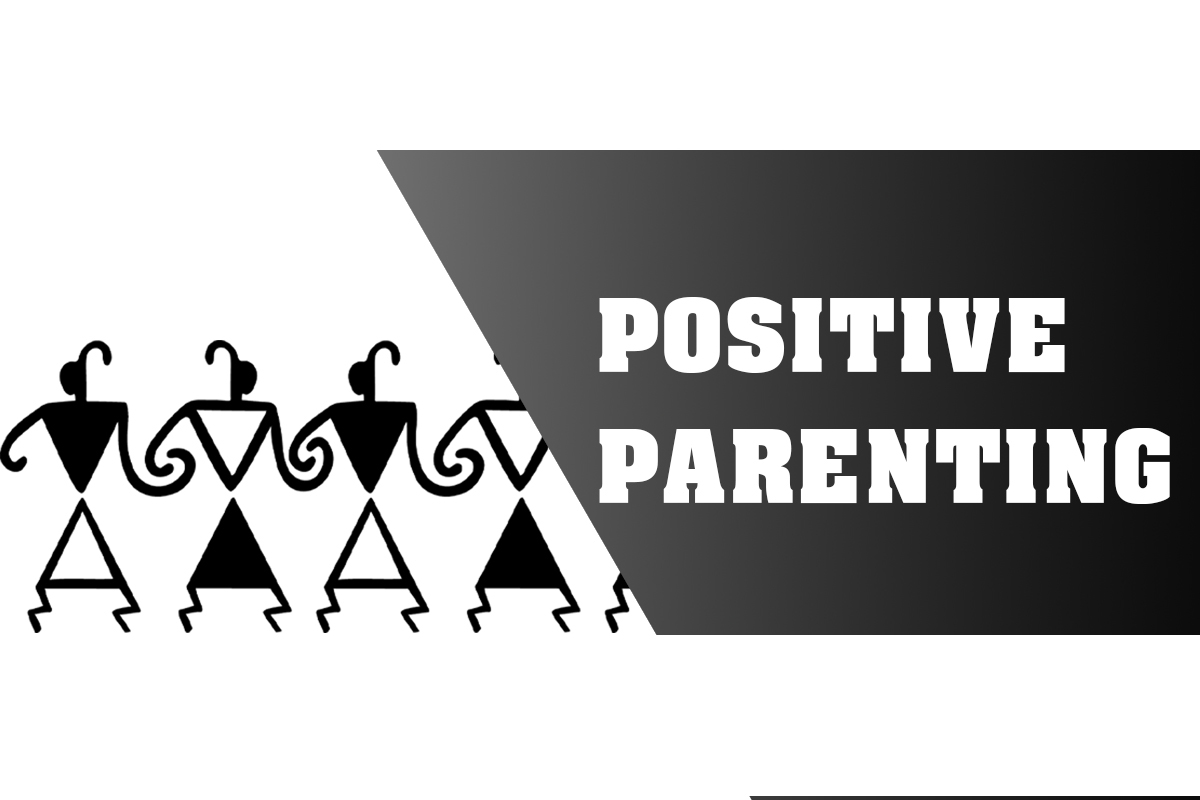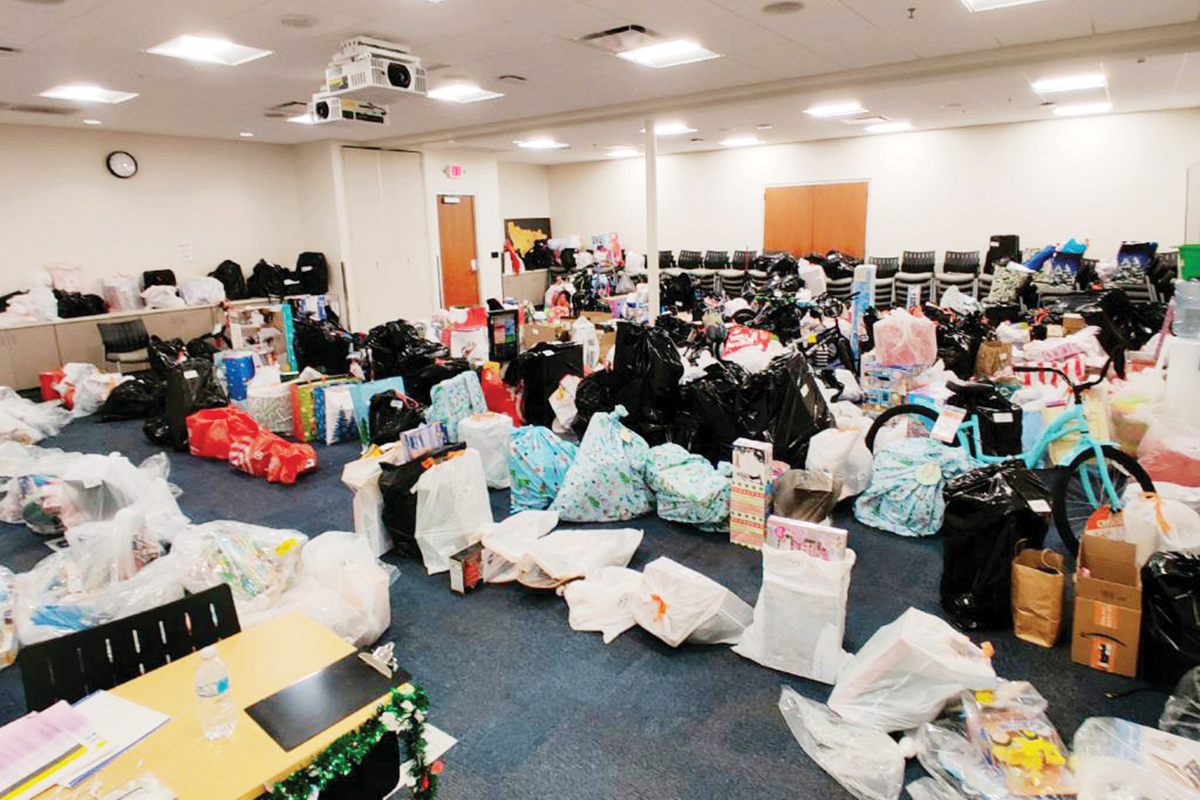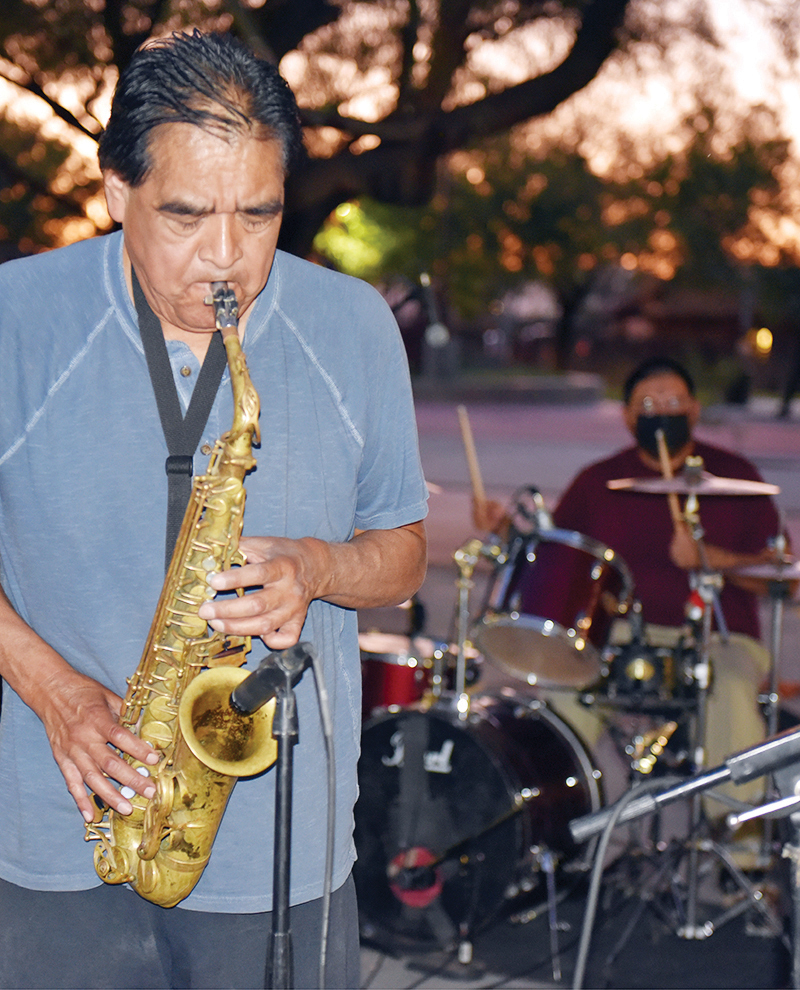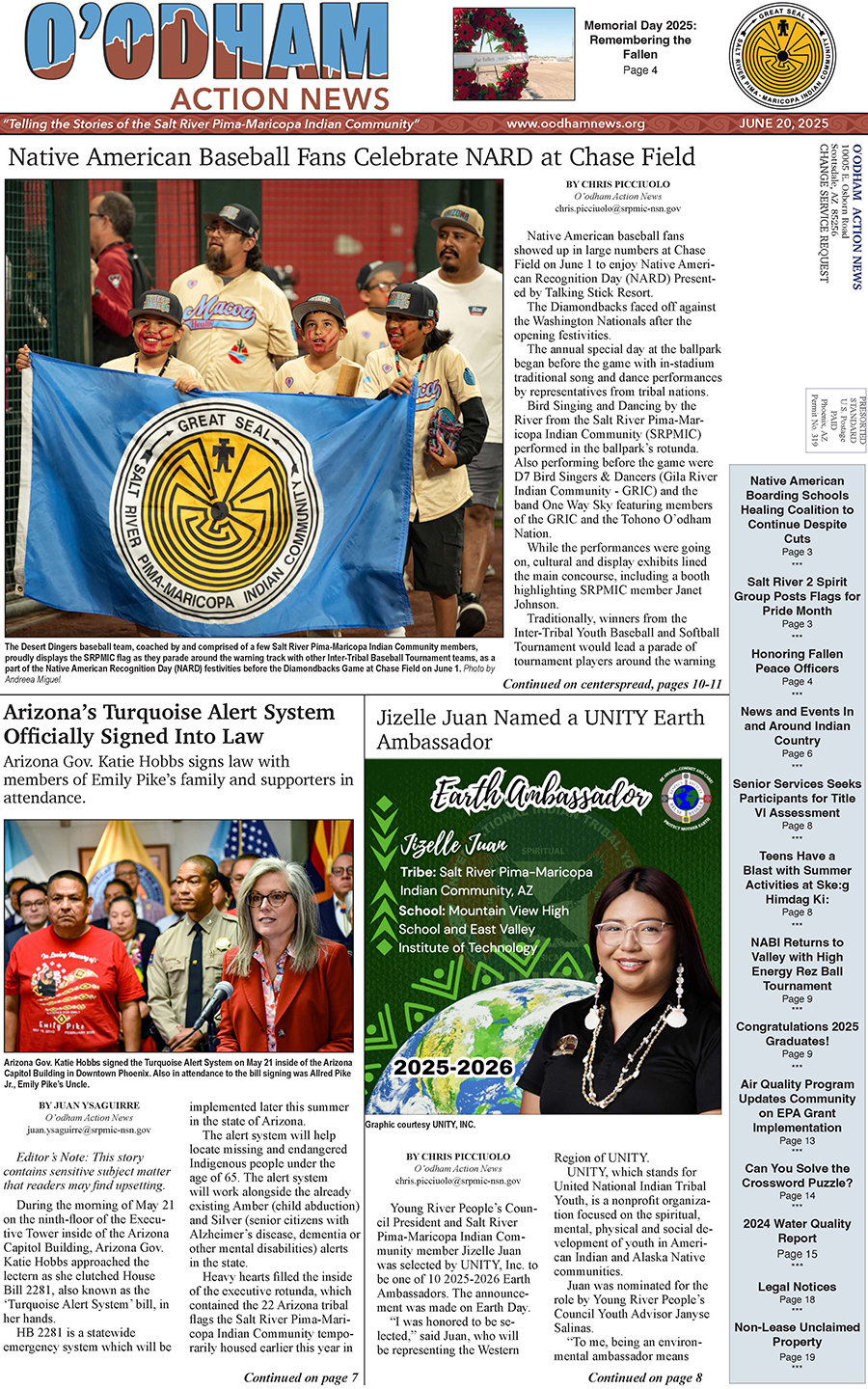VIEWS: 2273
March 17, 2021Fourth Session of ‘Positive Indian Parenting’ Focuses on Harmony in Childrearing
Salt River Pima-Maricopa Indian Community’s Behavioral Health Services has just wrapped up a series of Positive Indian Parenting online classes open to all Community members to help build stronger children and families. The now-completed eight-week series featured class every Thursday from 12 noon to 1:20 p.m. Those who participated have learned about parenting topics such as Traditional Behavior Modification, Harmony in Childrearing, Traditional Parenting, Lessons of a Storyteller and more.
The final session’s topic was Harmony in Childrearing. Behavioral Health coach Tania Hatathlie focused on the traditional concept of harmony as it relates to family life by recognizing different historical Native American beliefs about harmony and balance. Using these skills can help prevent parenting problems before they even start.
Harmony in childrearing creates balance and strengthens relationships. The most important part of childrearing is respect—adults teach their children to show respect for other people, and in turn adults show respect for the children. In some tribes, children’s choices and decisions were respected at a young age; for example, parents would not interrupt a child’s play unnecessarily.
Today in traditional childrearing, children may be asked to observe an event in nature and then answer the question “What did you learn?” This helps them understand that the natural world fits together in patterns of harmony and balance.
Hatathlie said, “Families can structure their homes and lives to keep relationships strong and help grow responsible children. [It’s important] for the whole family to work together. To create harmony, give clear direction and detail, avoid problems that might occur, be role models to your children, and be honest and transparent.”
For more information on Positive Indian Parenting, email Tania Hatathlie at tania.hatathlie@srpmic-nsn.gov.







